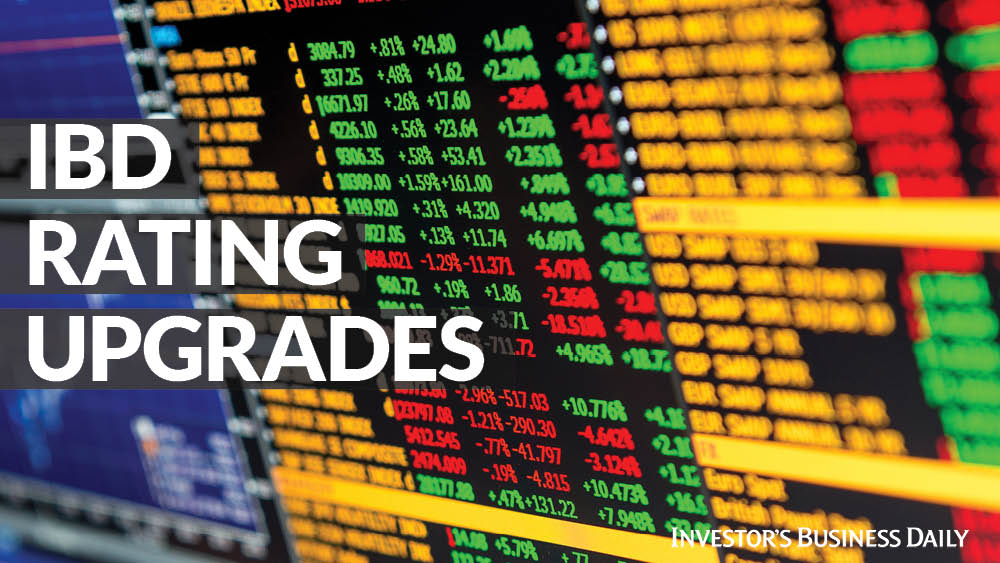Understanding the Relative Strength (RS) Rating for Harmony Biosciences
Harmony Biosciences, trading under the ticker symbol HRMY, recently saw its Relative Strength (RS) Rating increase from 68 to 71. This movement places the stock in a higher percentile, indicating improved performance relative to other stocks in the market. The RS Rating, developed by Investor’s Business Daily, is a key metric used to evaluate a stock’s price performance over the past 52 weeks. It provides a score ranging from 1 (the worst) to 99 (the best), reflecting how a stock’s price movement compares to others in the database.
Research spanning several decades has shown that the most successful stocks often have an RS Rating of 80 or higher during the early stages of their upward trends. For investors, this means that a rising RS Rating can be a strong indicator of potential future growth. As Harmony Biosciences continues to show renewed price strength, it will be important to monitor whether it can maintain or exceed this threshold.
Key Technical Indicators for Harmony Biosciences
Currently, Harmony Biosciences is in a consolidation phase, with a buy point at $41.61. Investors are watching closely to see if the stock can break out above this level with increased volume—specifically, at least 40% above the average trading volume. A successful breakout could signal a positive shift in the stock’s momentum and attract more buyers.
The company has also demonstrated solid financial performance. In its most recent report, Harmony Biosciences reported a 17% increase in earnings and a 19% rise in sales. These results reflect the company’s ability to grow its revenue and profitability, which are critical factors for long-term success. The next quarterly earnings report is expected around August 12, and investors will be closely monitoring the results for further insights into the company’s performance.
Industry Rankings and Peer Comparison
Within the Medical-Biomed/Biotech industry group, Harmony Biosciences holds the No. 6 rank. This position highlights its competitive standing among peers in the sector. Several other companies in the same group have also received high ratings, including Exelixis (EXEL), TG Therapeutics (TGTX), and Inhibrx Biosciences (INBX), which occupy the top five spots. These companies are considered strong performers and may offer valuable benchmarks for investors evaluating Harmony Biosciences.
The Importance of the Relative Strength Rating
The RS Rating is more than just a number—it’s a tool that helps investors identify stocks with strong price performance. By comparing a stock’s movement against the broader market, the RS Rating can help pinpoint potential winners before they make significant moves. This makes it especially useful for investors looking to capitalize on emerging trends.
In addition to the RS Rating, other tools such as the Relative Strength Line can provide further insight into a stock’s performance. The line tracks the stock’s price movement relative to a benchmark, helping investors determine whether a stock is gaining or losing strength over time.
Expanding Your Investing Knowledge
For those interested in growing their investing skills, there are numerous resources available. Joining an IBD meetup group can provide opportunities to learn from experienced investors and gain practical insights into stock selection and market analysis. Additionally, staying updated on biotech and pharmaceutical industry news can help investors make informed decisions about their portfolios.
By understanding key metrics like the RS Rating, analyzing financial reports, and keeping track of industry trends, investors can make more strategic choices when selecting stocks. Whether you’re new to the market or looking to refine your approach, these tools and strategies can help you navigate the complexities of stock investing with greater confidence.






